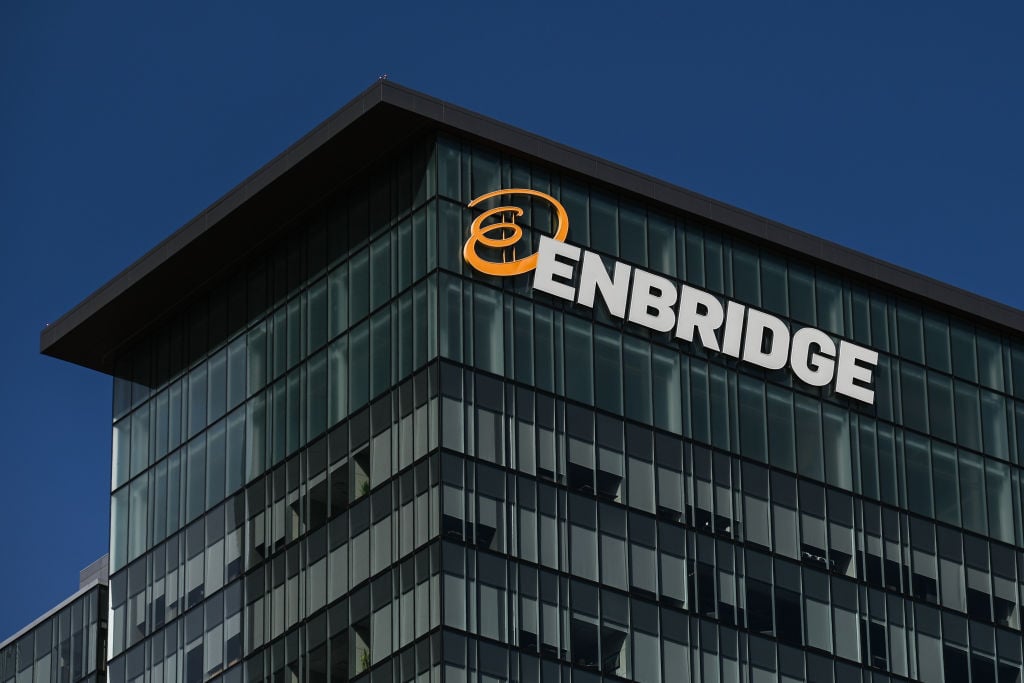One of the absolute best ways to boost your portfolio's performance is to invest in companies with businesses that are fairly easy to understand. Netflix, for example, was the best-performing stock over the last decade, even though the online streaming giant makes money in a relatively simple manner: a subscription service with a couple of basic monthly plans.
Which straightforward stocks should investors check out right now? Our Motley Fool contributors think that HEXO (HEXO +0.00%), Enbridge (ENB +0.29%), and Hess (NYSE: HES-A) are all worthy candidates. Here's why.

Image source: Getty Images.
Two straightforward ways to win
George Budwell (HEXO): The cannabis industry has taken the investing world by storm and for several good reasons. Beyond the fact that Canada became the first Western nation to legalize cannabis for recreational use among adults last year, the industry has been rapidly expanding into numerous secondary markets -- such as cosmetics, sleep aids, and alternative beverages -- that should fuel its rocket-like growth for several decades to come.
There is a catch to this compelling growth story, however. And Canada's HEXO has been among the few willing to own up to it. The cannabis industry is gearing up to undergo a widespread consolidation phase. Big-time players like tobacco giant Altria and alcoholic-beverage titan Constellation Brands are currently flooding the space with capital through licensing deals, whereby they're giving the industry's top dogs the means to buy smaller competitors or edge them out through a brutal pricing war.
But there is an upside to this coming storm, at least for a select few smaller cannabis players. For example, HEXO's 108,000 kilos of peak annual production and partnership with Molson Coors to develop cannabis-infused beverages should keep it competitive in this jam-packed space -- even if dried flower prices do eventually crumble. In the same breath, HEXO's upper-echelon production capacity and early entrance into the cannabis beverage arena could prove to be a tempting package for a suite of buyers.
All told, HEXO offers two straightforward ways for early-bird investors to win -- organic growth or a buyout scenario.
In the business of moving energy around
Chuck Saletta (Enbridge): Energy pipeline giant Enbridge operates one of the most straightforward yet still reliably profitable businesses around. It moves energy-related products like oil and natural gas around from where they're produced to where they're processed and ultimately where they're consumed. It does so in a series of pipelines, with over 17,000 miles of oil and related products pipelines and a whopping 192,500 miles of natural gas pipelines throughout North America.
What makes its business model so attractive is that much of its capacity operates as a toll road for the energy it moves. It gets paid based on the volume flowing through its pipes -- no matter whether energy prices are skyrocketing or plummeting at the moment. Many of its contracts are even of the type known as "take or pay," which requires its customers to pay it something even if they don't send energy through Enbridge's pipes.
Enbridge can operate like that because pipelines are generally the lowest-cost way of transporting many of the products they ship around. They also are expensive to build and often face "not in my backyard" challenges from communities that don't want the pipelines near them. The costs and political fights often necessary to build pipelines often mean that once Enbridge has a foothold on a given route, that competition will likely look for a different one instead of going head to head on the same routes.
That combination gives Enbridge the opportunity to pretty reliably generate cash and pay dividends to its shareholders, with a track record of better than 60 yearsof rewarding its owners with cold, hard cash.
More production + higher prices = winning combination
Todd Campbell (Hess): Hess' is a simpler business to understand than others. If it produces more oil and gas at its fields, or prices for those commodities increase, then its revenue will grow.
Fortunately, it looks like one of those two measures is going to cooperate. Hess' production slipped last year because it divested mature assets as part of a restructuring. However, the negative impact caused by those lost sales will end soon. Once that happens, increasing activity at its remaining assets, including in the Bakken shale, will return it to production growth again.
Hess controls 550,000 acres in the resource-rich Bakken. In 2018, it increased the number of rigs operating there from four to six, setting the stage for Bakken production growth through 2021. In 2018, it produced 117,000 barrels of oil per day in the Bakken, up from 105,000 BOE/D in 2017. In 2019, Hess predicts production there will reach 135,000 BOE/D, and by 2021, it expects Bakken to be producing over 200,000 BOE/D.
Production will also increase next year when partner ExxonMobil (XOM 0.60%) begins producing in the Stabroek Block, offshore Guyana. Hess has a 30% stake in this massive play. Production there is expected to be 120,000 BOE/D initially, but additional planned activity has management thinking production will exceed 750,000 BOE/D there by 2025.
If oil and natural gas prices remain the same or increase, Hess' expected production growth will deliver a steady stream of cash that can be returned to investors via buybacks or dividends. Given its prospects, Hess is one of my top stocks to buy in the oil patch now.
Check out the latest Enbridge and Hess earnings call transcripts.






